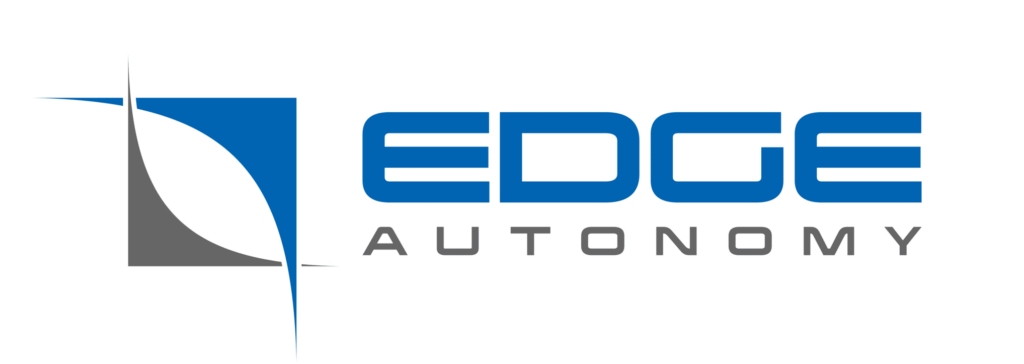Electronic warfare (EW) is pervasive in modern battlespaces, so how can we ensure that missions remain flexible and successful when a single, all-encompassing solution to GPS and GNSS interference does not currently exist?
“Even the quest for a silver bullet to solve the problem of GPS interference is a flawed concept,” says Allen Gardner, Chief Technology Officer at Edge Autonomy, a leading provider and OEM of autonomous uncrewed aircraft systems, advanced optics, and resilient energy solutions.
“The more effective tactic is to have the capacity to quickly incorporate new innovations to augment your solution. “As new technology emerges, you integrate. As the adversary changes, you adapt.”
The Increasing Rise of Interference
The deliberate jamming of Global Navigation Satellite Systems (GNSS)—when a competing signal broadcasts “noise” that overpowers the GNSS/GPS signal, rendering it unusable—is a routine challenge to military and commercial operations alike.
While slightly more difficult to execute, signal spoofing—when an adversary broadcasts on the same signal to confuse data, resulting in inaccurate positioning or time—is no less threatening to mission success.
Both spoofing and jamming are on the rise – in both battle zones and commercial aviation – and must be actively addressed to maintain an upper hand and ensure that aircraft and weapons are not compromised.
The electronic warfare market had an estimated value of $18.45B in 2024 and is expected to reach $27.35B by 20311. With EW strategies presenting a constant threat—one capable of immense financial and strategic damage—it is critical that we explore a wide range of options to keep this threat at bay.
Electronic Warfare and Real-World Implications
From Finland to Poland to Turkey – and of course in the Ukraine conflict – Eastern Europe has seen GNSS and GPS interference become a significant disruptor.
Russian jamming of satellite-guided weapons has had a significant impact on Ukraine’s ability to defend its territory, decreasing the effectiveness of existing solutions and sending military officials on a renewed hunt for newer and more sophisticated technology2.
“When you’re facing an adversary who will stop at nothing to interfere with your mission and endanger the men and women defending freedom on the front lines it is imperative that we bring every available resource into play to protect our allies, whether they are foreign or domestic,” says Tuna Djemil, Vice President of Business Development & Strategy for Edge Autonomy. “The battlefield is constantly evolving, which means we innovate in step with real-world mission needs.”
Adaptation and Integration at the Speed of the Modern Battlefield
As geopolitical crises escalate, so will the complications caused by GPS/GNSS interference. Emerging drone warfare will perpetuate jamming and spoofing attacks as uncrewed aircraft and autonomous vehicles play an increasingly central role in current conflicts.
Despite the lack of a silver bullet solution to GPS/GNSS interference, defending military operations while increasing mission flexibility in the face of mounting EW is possible. How can the U.S. military, NATO, and other allies maintain an edge over insidious adversaries?
Rapid adaptation is a must as we confront the widespread EW threats that exist in today’s battlespaces. By developing new technologies that are not dependent on GPS/GNSS – including solutions that utilize position, navigation, and timing (PNT) – we can stay ahead of nefarious spoofing and jamming techniques.
Beyond GPS: Advances in Position, Navigation, and Timing for Maximum UAS Flexibility
PNT technologies serve to augment and complement GPS and range from self-contained navigation techniques to radar sensing to advanced tracking solutions through Artificial Intelligence to front-end cyber solutions and beyond.
“The key is flexibility,” explains Djemil. “This interference game of cat-and-mouse calls for the ability to quickly pivot existing technology, adapt new technology, and keep your finger on the pulse of how to combine the two in order to thwart our adversaries.”
Modularity to Meet Mission Needs
Why is adaptability so critical to advanced navigation systems capable of withstanding the constant threat of GPS/GNSS interference? While several reliable defenses do exist for the UAS and their navigation, none are effective in every circumstance or environment. Adapting a modular open systems approach (MOSA) means that rather than relying on a single technology, users can augment and build upon the base system over time as new technologies become available.
The most EW-resilient UAS will be aircraft capable of seamlessly integrating the new and ever-evolving defensive technologies that arise to counter debilitating attacks. Advanced platforms like a PNT fusion engine ensure accuracy by combining data from multiple sensors for reliable, robust, and accurate position and time determination, even in environments where GPS signals may be either interfered with or unavailable.
“When a UAS can combine multiple GPS-denied technologies so that the strength of one overcomes the weaknesses of another, what you get is an adaptable and uniquely robust solution,” Gardner explains.
Edge Autonomy’s Battle Proven Stalker UAS
Rather than rely on a single technology, Edge Autonomy’s Stalker uncrewed system can fly in GPS/GNSS-denied environments by employing a PNT fusion engine that interfaces with multiple technologies (both current and future), uniting them in a navigation solution that provides the warfighter with the data needed to make decisions quickly and accurately to meet mission needs even in a rapidly changing environment.
The modular architecture of the Stalker design provides the agility needed to pivot quickly, advancing the mission no matter the circumstance.
“Intentional awareness of real-world adversarial threats uniquely positions us to come alongside our customers,” says Joshua Stinson, Chief Growth Officer at Edge Autonomy. “We designed the Stalker with maximum flexibility in mind, knowing that the ability to integrate new technologies and adapt to emerging threats, especially when it comes to electronic warfare, is vital for mission success in today’s dynamic environments.”
Learn more about the battle proven Stalker, and how a modular open systems approach can positively impact positioning, navigation, and timing – even under contested or austere circumstances:
1https://www.coherentmarketinsights.com/industry-reports/electronic-warfare-market
2https://www.stripes.com/theaters/europe/2024-05-24/russian-jamming-high-tech-weapons-ukraine-13964032.html
